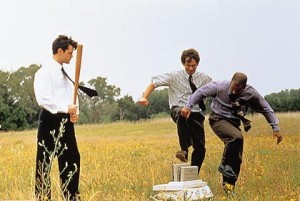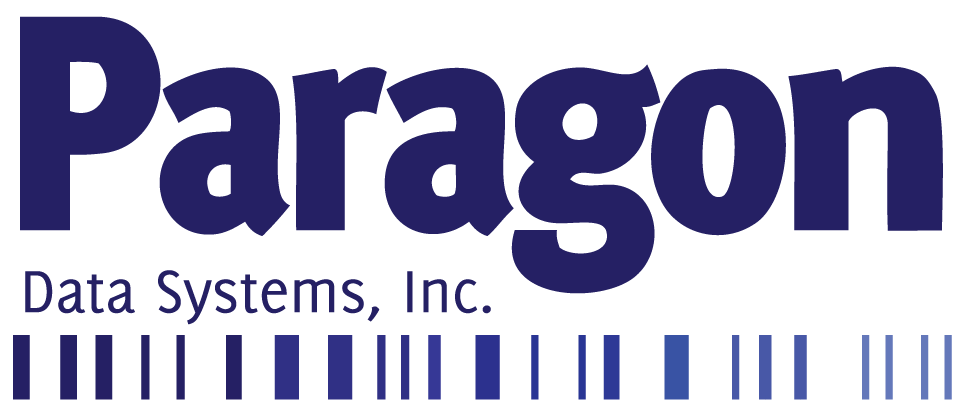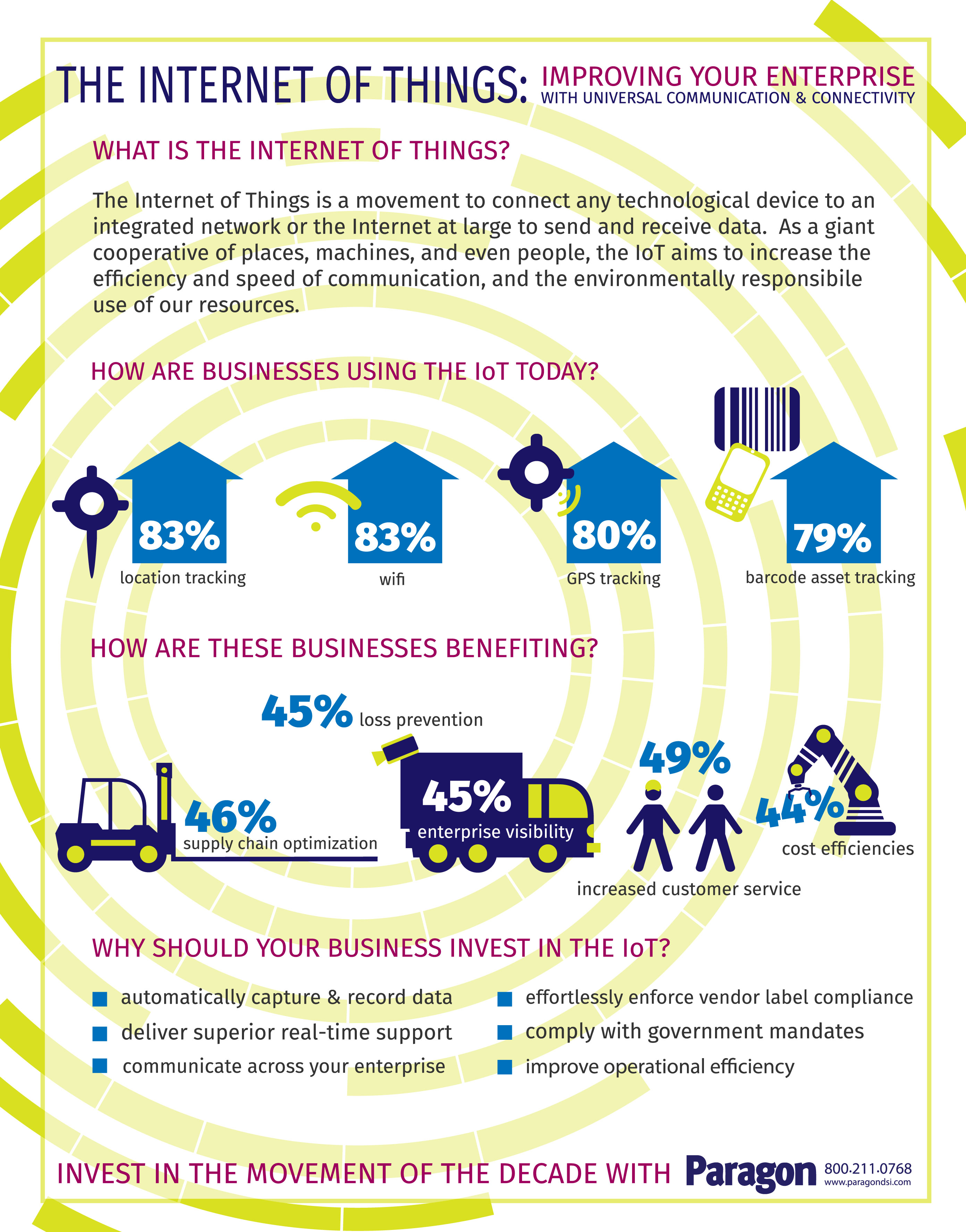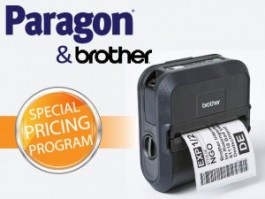Is your printer really a brat?
According to CollegeHumor, it might be:
In the day and age of smartphones that can order you a pizza, feed your dog, and lock your front door with the push of a button, it’s almost criminal that the humble printer can bring everything to a screeching halt. One of the many reasons why the cult-classic movie Office Space has retained a devoted fanbase is because of the painfully relateable frustrations of working in a corporate monolith.
 The absolute pinnacle of the film is, of course, the famous printer scene. There’s something delightfully cathartic about watching the three main characters destroy the printer that’s tormented them for so long. Don’t lie, everytime that smug “out of ink” or “paper jammed” notification flashes on the screen, you’ve thought about dragging that printer out back and teaching it a little respect.
The absolute pinnacle of the film is, of course, the famous printer scene. There’s something delightfully cathartic about watching the three main characters destroy the printer that’s tormented them for so long. Don’t lie, everytime that smug “out of ink” or “paper jammed” notification flashes on the screen, you’ve thought about dragging that printer out back and teaching it a little respect.
But before you pull the plug on your recalcitrant machine, consider whether you’re asking too much of your poor printer. While a lot of our technology must be as versatile as possible, printers are typically highly specialized, designed to perform under certain working conditions. If those conditions aren’t met, your printer is going to rebel. Are you guilty of sabotaging your hardware? Keeping reading to see whether you follow the best practices for keeping your printer happy:
KNOW WHAT YOU’LL BE PRINTING
When purchasing a printer, the first thing you need to ask is obviously “what application am I using this for?” Inkjet printers are best for frequent-use, brightly colored, and small-batch jobs, and are a lot less expensive than their toner counterparts. But if you end up not using your printer often enough, the ink could dry up or be sucked dry by the jet cleaning cycle and the print head’s tiny nozzles can clog, which means your labels will come out spotty. If you need your printer to be ready on-demand, laser printers are a far better choice.
By using a powder-based toner instead of an ink, a laser printer melts the toner onto the page, meaning you can print at a moment’s notice even after leaving your machine idle for long periods of time. Laser printers will usually deliver a crisper, longer-lasting mark, and is best for black-and-white documents that need to be printed quickly and last through strenuous activities like shipping or production.
CHOOSE THE CORRECT MEDIA
Printers don’t run on a one-size-fits-all mentality. Each type of hardware will need a specific label or paper thickness, base material, and coating to avoid media jams. Although most printers have settings options to accommodate a few different sizes and paper types, no printer can do it all. This is partially due to how the media is fed through the machine. Tractor-feed printers such as the Epson C831 utilize two wheels to grab and pull paper by holes on either side of the page. To function, these printers can only use this special paper, and are best-suited for heavy labels that require pinpoint placement accuracy. The more commonly used friction feed printers like the Epson C3500 have plastic or rubber rollers to squeeze sheets of paper and roll them through the ink like an assembly line. Obviously, these types of printers can handle a greater variety of media types, but are better for smaller and lighter labels.
CONSIDER WHERE YOU’LL BE USING YOUR PRINTER
Just like you need to know what you’ll be printing, it’s just as important to know where. Depending on your work environment, you could actually be setting yourself up for failure if you purchase the wrong type of machine. For example, a shop or factory that creates a lot of dust shouldn’t use a free-standing ink-jet printer, because the ink will dry incorrectly and the delicate machinery will jam. Laser printers can’t be forced into tight or poorly-ventilated, overly-heated areas, as they need plenty of air to cool their engines. And while thermal transfer barcode printers are far more resistant to damage as they are built specifically for industrial applications, they too can be undone by being forced to function in a too-hot, too-cold, or too-dusty workspace. Incomplete or blurry labels and broken printheads are a common compliant from customers who don’t take steps to shield their hardware from the byproducts of their production process. If you need your printer of choice to operate in a challenging location, it’s best to store them in a clean and separate area, or house them inside a protective enclosure which can be custom-built with fans, heaters, or water-tight, drop-resistant plastics.
KNOW WHEN IT’S TIME TO CALL IN AN EXPERT
If you’ve provided all the recommended TLC above and your printer is still misbehaving, it’s possible your printer really is a brat and could use some discipline. Paragon’s seasoned technicians can repair your printers and get your operations back on track. Visit our hardware repair page or send us a message to learn how we can help.




